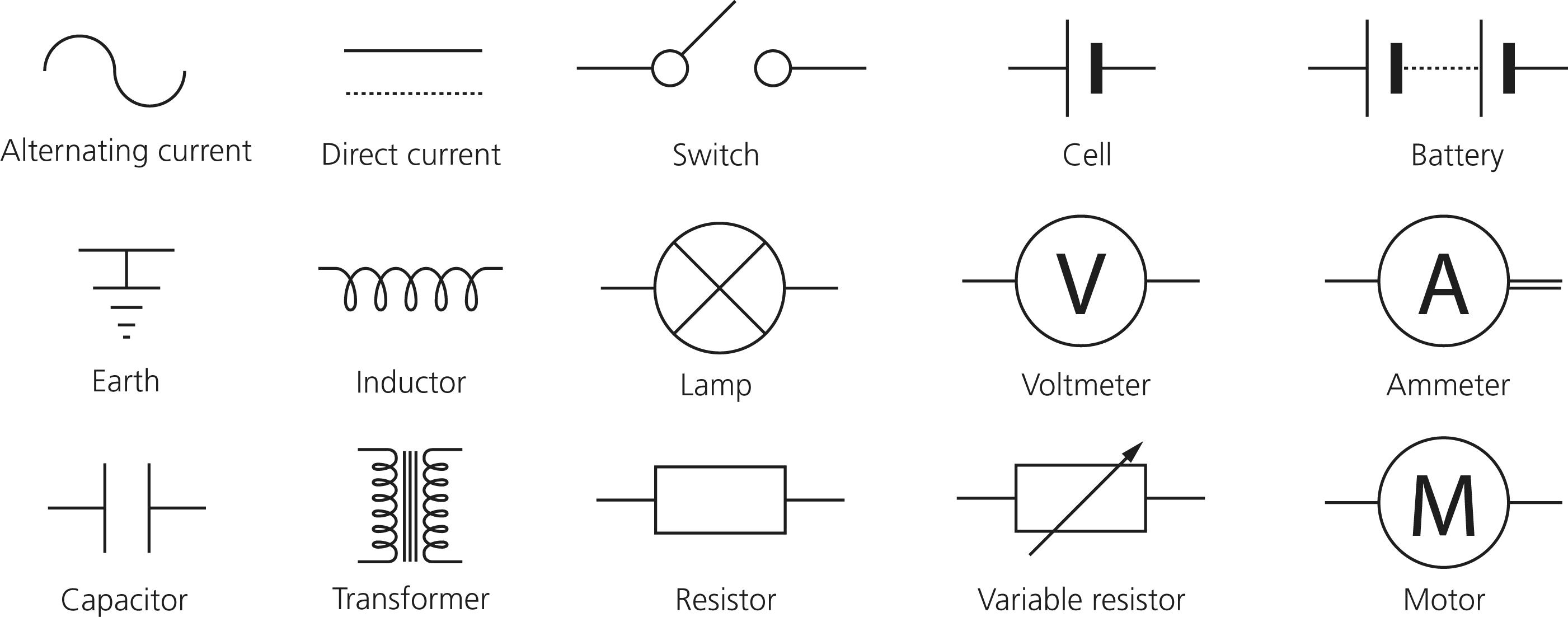Physical Address
304 North Cardinal St.
Dorchester Center, MA 02124
The electrical equipment used in the operating theatre and intensive care unit is designed to improve patient care and safety. At the same time, however, there is the potential of exposing both the patient and staff to an increased risk of electric shock. It is essential for the anaesthetist to have a thorough understanding of the basic principles of electricity, even though these devices include specific safety features.
In the United Kingdom, mains power source of electricity is supplied as an alternating current (AC) with a frequency of 50 Hz. The current travels from the power station to the substation where it is converted to main power voltage by a transformer. From the substation, the current travels in two conductors: the live and neutral wires. The live wire is at a potential of 240 V (or more accurately 240 root mean square [RMS]). The neutral is connected to the earth at the substation, so keeping its potential approximately the same as earth. The live wire carries the potential to the equipment, whereas the neutral wire returns the current back to the source, so completing the circuit.
An electric current is the flow of electrons through a conductor past a given point per unit of time, propelled by the driving force, i.e. the voltage (potential difference). The current is measured in amperes (A). One ampere represents a flow of 6.24 × 10 18 electrons (one coulomb of charge) past a specific point in 1 second.
Direct current (DC): the current flows in one direction (e.g. flow from a battery).
Alternating current (AC): the flow of electrons reverses direction at regular intervals (e.g. main power supply); in the United Kingdom, the frequency of AC is 50 cycles per second (Hz).

It is the electrical force that drives the electrical current. When a current of 1 A is carried along a conductor, such that 1 watt (W) of power is dissipated between two points, the potential difference between those points is 1 volt (V).
Electrical resistance is the resistance along a conductor to the flow of electrical current. It is not dependent on the frequency of the current. Electrical resistance is measured in ohms (Ω).
Impedance is the sum of the forces that oppose the movement of electrons in an AC circuit. The unit for impedance is the ohm (Ω). The term impedance covers resistors, capacitors and inductors and is dependent on the frequency of the current. Substances with high impedance are known as insulators. Substances with low impedance are known as conductors. The impedance through capacitors and inductors is related to the frequency (Hz) at which AC reverses direction. Such an impedance, i.e. frequency related, is known as reactance (X).
Capacitor: impedance ∝ 1/frequency.
Inductor: impedance ∝ frequency.
Electric potential (volts) = current (amperes) × resistance (ohms) [E = I × R]
Capacitance is a measure of the ability of a conductor or system to store an electrical charge. A capacitor consists of two parallel conducting plates separated by an insulator (dielectric). The unit for capacitance is the farad.
With AC, the plates change polarity at the same current frequency (e.g. 50/s). This will cause the electrons to move back and forth between the plates, so allowing the current to flow.
The impedance of a capacitor = distance between the plates/current frequency × plate area.
Inductance occurs when electrons flow in a wire resulting in a magnetic field being induced around the wire. If the wire is coiled repeatedly around an iron core, as in a transformer, the magnetic field can be very powerful.
Become a Clinical Tree membership for Full access and enjoy Unlimited articles
If you are a member. Log in here